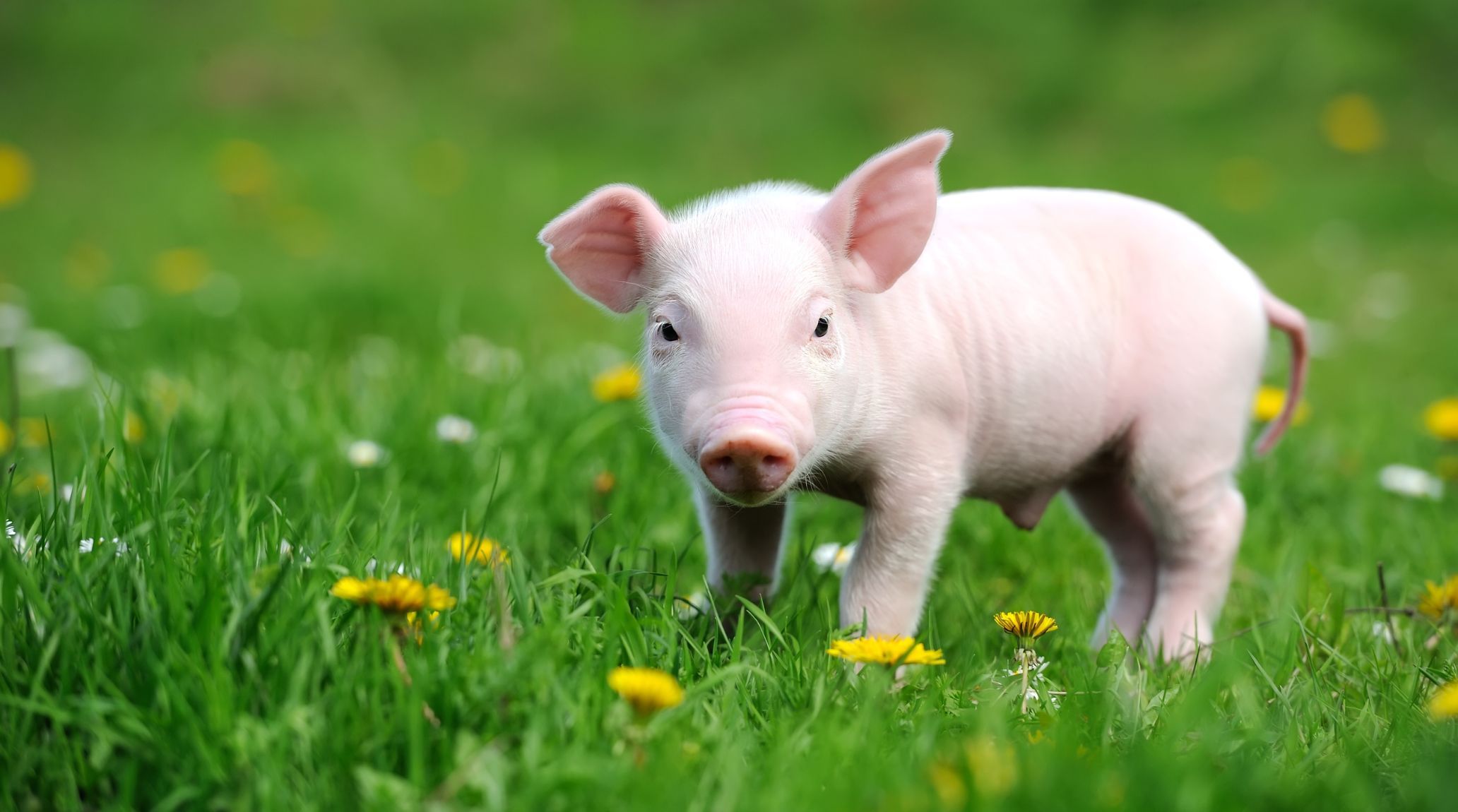
“
Pigs are often misunderstood and underestimated animals, frequently associated with dirt and messiness. However, these fascinating creatures are much more than their reputation suggests. With their incredible intelligence, unique behaviors, and surprising abilities, pigs have a lot to offer and are truly remarkable. In this blog, we will explore 20 amazing facts about pigs that will not only surprise you but also deepen your appreciation for these wonderful animals. 1
1
”
Pigs are considered one of the smartest animals, ranking higher than dogs and even some primates in intelligence tests. Their cognitive abilities are impressive, making them capable of complex problem-solving. 1
Pigs have excellent long-term memories and can remember locations and other pigs they meet. This ability helps them navigate their environment and form social bonds. Their memory skills are comparable to those of elephants. 2
Despite their reputation, pigs are actually very clean animals. They designate separate areas for sleeping, eating, and defecating, ensuring their living spaces are tidy. Pigs' preference for cleanliness shows their natural hygiene instincts. 3

Pigs are natural swimmers and can swim long distances. Their buoyant bodies and strong legs make them proficient in water. This ability helps them cool off and escape from threats.
Pigs can run at speeds of up to 11 miles per hour (17.7 km/h). This impressive speed allows them to evade predators and navigate their surroundings quickly. Their strong legs and agile bodies contribute to their swiftness. 4
Mother pigs, known as sows, sing to their piglets while nursing. This gentle communication soothes the piglets and strengthens their bond. The nurturing behavior of sows highlights their caring nature. 5
Pigs do not sweat to cool themselves, as their sweat glands are not effective. Instead, they use mud and water to regulate their body temperature. Rolling in mud helps pigs stay cool and protects their skin from sunburn and parasites. 6
Pigs use mud to regulate their body temperature and protect their skin from the sun. This behavior keeps them cool and prevents sunburn. Mud also acts as a barrier against insects and parasites. 7
The record for the most tricks performed by a pig in one minute is 15, set by Pongo and his owner, Iris Brun, in Fondi, Italy, on April 15, 2023. Pongo surpassed the previous record by performing two additional tricks. 8
The gestation period for a pig is about 114 days, or roughly 3 months, 3 weeks, and 3 days. This relatively short pregnancy cycle enables sows to produce multiple litters each year. The quick reproductive rate supports population growth. 9
Sows typically give birth to 10-12 piglets per litter. This high birth rate ensures the survival of the species and provides ample opportunities for genetic diversity. The large number of offspring demonstrates pigs' reproductive efficiency. 10
Pigs have a wide field of vision, almost 360 degrees, due to the position of their eyes. This extensive range helps them stay vigilant and detect potential threats. Their unique eye placement is a key survival trait. 11
Domestic pigs can live for about 15-20 years. This relatively long lifespan allows them to form lasting bonds with their owners and other pigs. Their longevity also makes them valuable companions and farm animals. 12
Pigs have incredibly sensitive noses, equipped with around 1,000 olfactory receptors. This remarkable sense of smell makes them excellent at sniffing out food and truffles underground, and they use their noses to explore and interact with their environment. 13
Pigs can learn their names and respond when called. Their ability to understand and follow commands makes them trainable pets. This intelligence is comparable to that of dogs, showcasing their cognitive abilities. 14

The oldest pig in captivity, Baby Jane, was born on February 1, 1998, and lived to 23 years and 221 days. Raised by Patrick Cunningham and Stanley Coffman in Mundelein, Illinois.
The largest wild pig ever, Kubanochoerus gigas, reached up to 1.2 meters at the shoulder and weighed around 500 kg. This Miocene Epoch species, native to Russia and China, had a prominent central horn and smaller eyebrow horns. 15
Pigs’ teeth are similar to human teeth, making them useful in dental research. This similarity helps scientists study oral health and develop treatments. Pigs' dental structure provides valuable insights into human dentistry. 16
Pig heart valves are sometimes used in human heart valve transplants. The compatibility between pig and human valves highlights the biological similarities. This medical application underscores the importance of pigs in scientific research.17
Pigs have been used in space research to study the effects of weightlessness on mammalian bodies. Their participation in space missions contributes to our understanding of space travel's impact on health. 18


